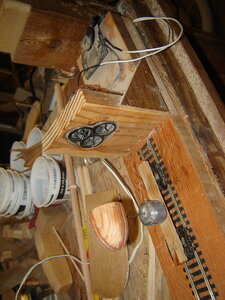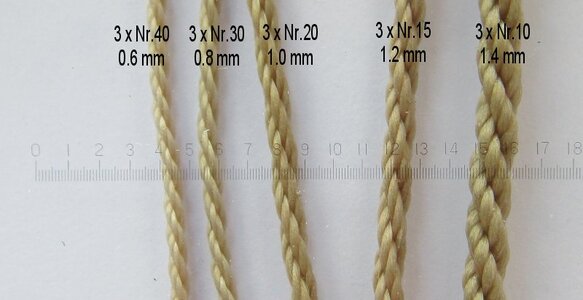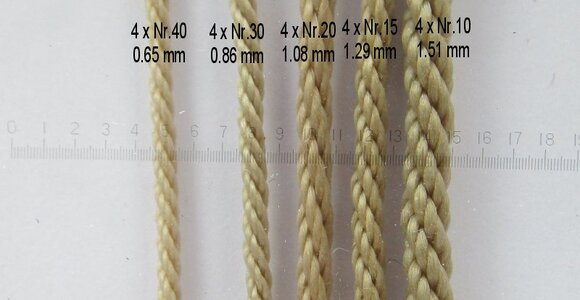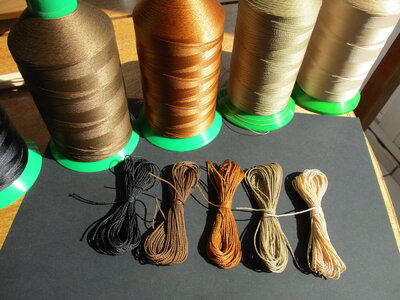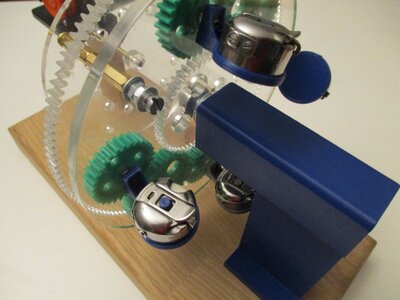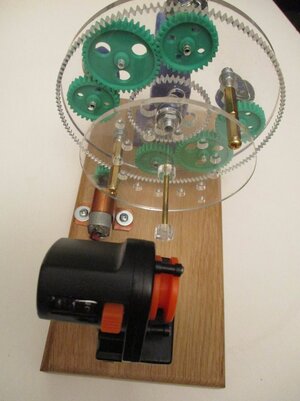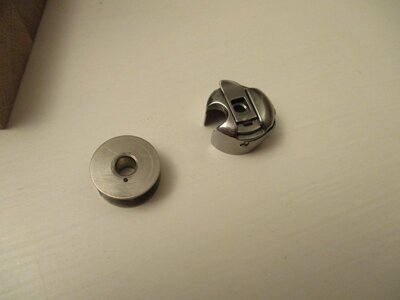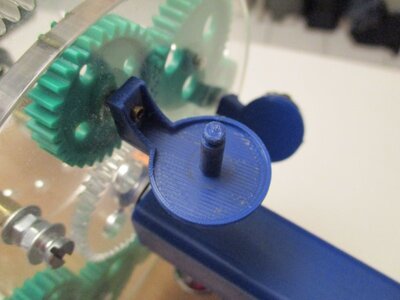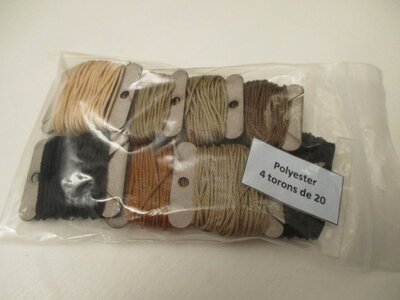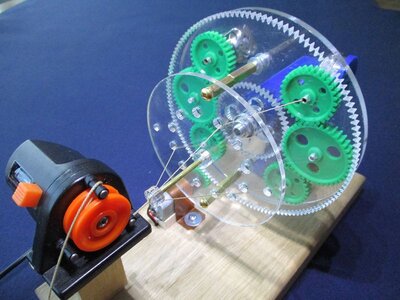I have a rope walk I made years ago and have a vague idea how to use it but I need a little more info. I found this video
but it's in Russian. I think he is saying the kind of stuff I need to know. Is there something similar in English. Most rope walk videos are 2 or 3 minute shorties that just show the machine working. I'm looking for things like what kind of thread, how much to twist it, that kind of stuff. I did a search on here and all I could find were critiques on rope making machines.
Thanks
Thanks




